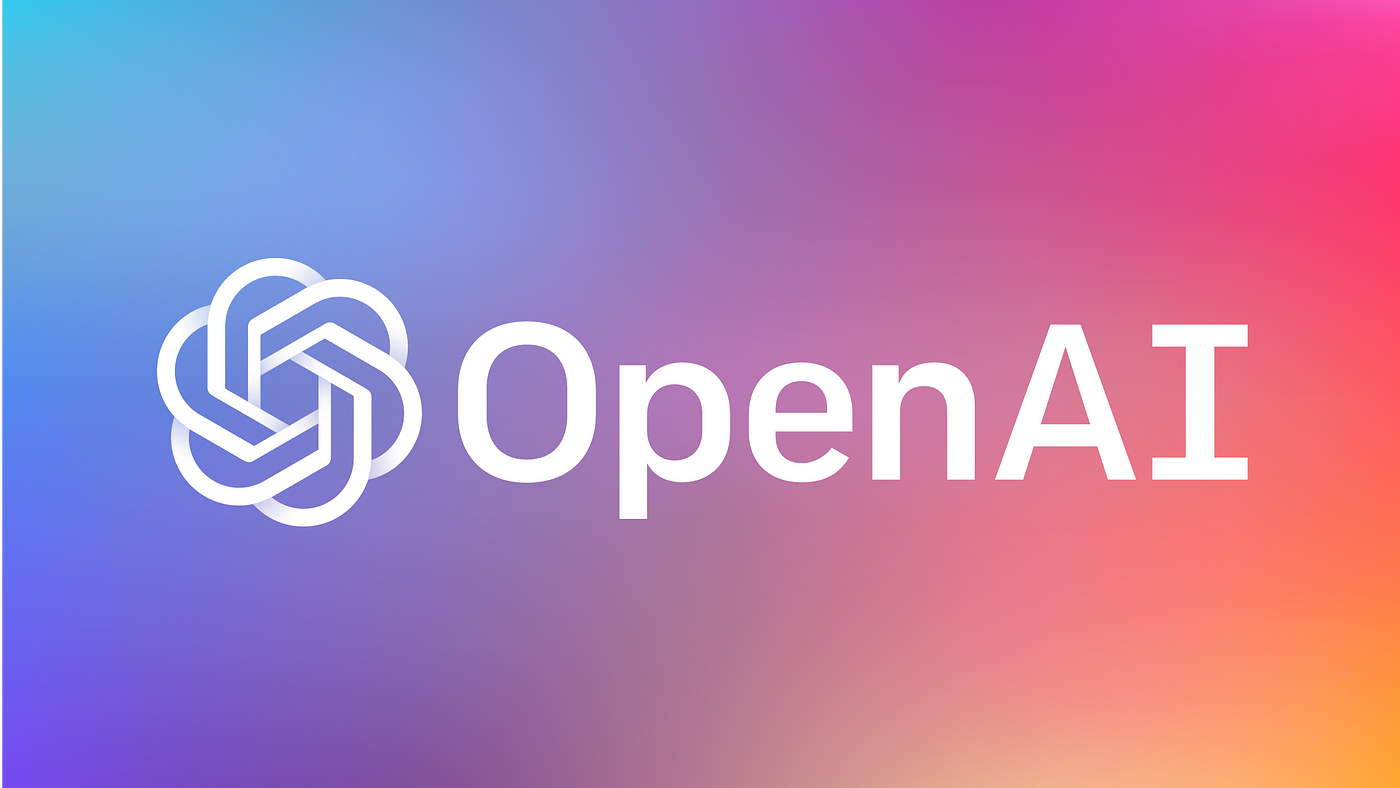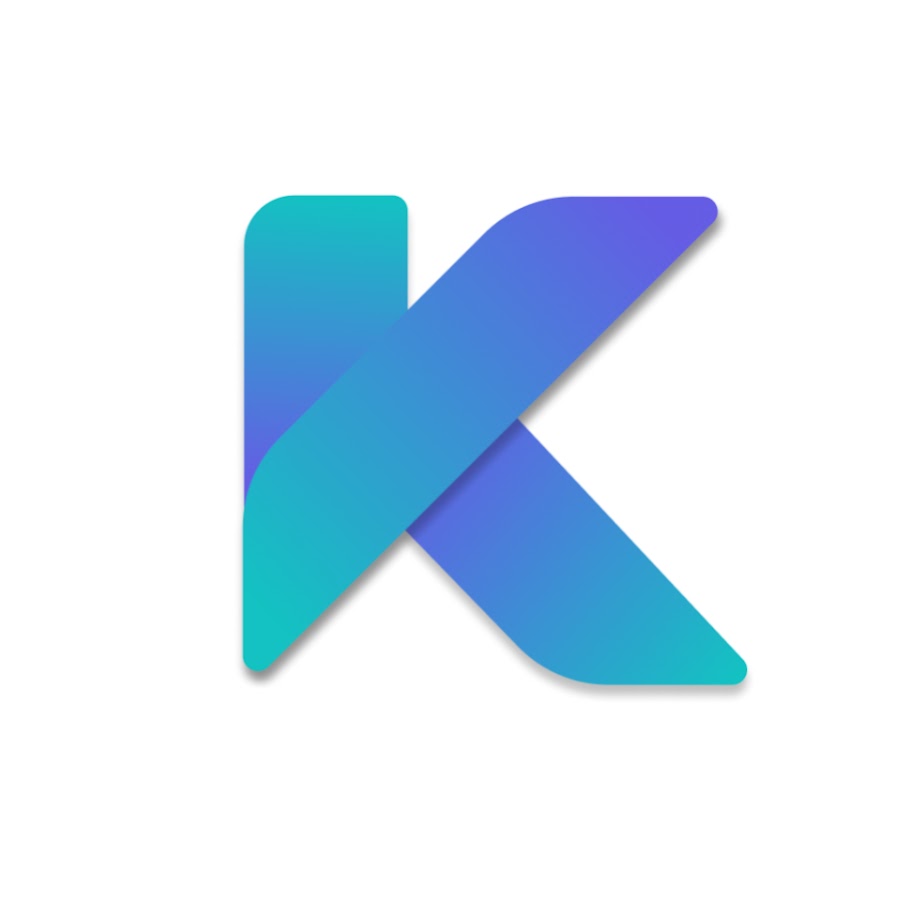What is OpenAI’s GPT-3?
OpenAI is unquestionably an artificial intelligence research lab composed of highly competent programmers, researchers, and scientists dedicated to the safe and efficient development and advancement of AI.
Features
-
Completion
GPT-3 can produce human-like text from a given prompt. This can entail continuing stories, writing essays, making articles, and so on.
-
Creative writing
It can be used to create poems, songs, and other kinds of creative content.
-
Chatbots
GPT-3 can be used to create intelligent chatbots that can hold logical and contextually appropriate discussions.
-
Customer Support
It may respond to consumer inquiries and give support in a conversational manner.
-
Language Translations
GPT-3 can translate text between various languages, making it valuable for interlingual communication.
-
Text Summarization
It may summarize long documents, articles, or any content by extracting and presenting the essential points clearly.
-
Code Explanation
GPT-3 can describe what a piece of code does, which is valuable for both learning and troubleshooting.
-
Information Retrieval
Fetch and summarize information from the internet or documents.
-
Integration With Other Systems
Integrate with other AI systems and tools to enable multimodal applications, such as text and image processing.
How to Use OpenAI’s GPT-3?
-
Register for an OpenAI account.
-
Apply for access to the GPT-3 API and get an API key.
-
Install the OpenAI Python client library via pip.
-
Configure your environment by importing the library and entering your API key.
-
Make API queries by passing parameters such as engine, prompt, and max_tokens.
Who is Using OpenAI’s GPT-3?
-
Technology titans such as Google, Microsoft, and Facebook.
-
Startups incorporating GPT-3 into their products and services.
-
Universities and educational platforms provide interactive learning technologies.
-
Healthcare involves medical paperwork and patient engagement.
-
Financial organizations utilize automated report generation.
-
Creative fields include writing, journalism, and music composition.
-
Researchers analyze data and create hypotheses.
-
Policy analysis is conducted by government agencies and nonprofit organizations.
-
Individuals undertake personal projects such as creative writing.
How is OpenAI’s GPT-3 Unique?
OpenAI’s GPT-3 differentiates itself by its unparalleled scale, with 175 billion parameters, allowing it to comprehend and write human-like prose over a wide range of topics without task-specific training. Its exceptional ability for few-shot and zero-shot learning will enable it to thrive at tasks with few or no examples, while its contextual knowledge ensures coherence in lengthier sections.
Pros & Cons
Pros
-
Improve Efficiency Through Automation
-
Save Costs and Increases Productivity
-
It can Be Integrated Into Applications.
-
Virtual Assistants and Chatbots
-
Image Generation
-
Content Generation
-
Enables Problem-Solving and Scientific Research
-
Easy AI Accessibility and Affordability
Cons
-
Limited Online Browsing Capabilities
-
Potential for Misuse
-
Data Privacy and AI Bias
-
Little Transparency and Accountability
Pricing & Plans
Free Plan
Developers can explore OpenAI’s free tier, which allows a restricted amount of API calls per month. This tier suits modest projects and testing.
Standard Plan
The regular plan charges a fixed monthly fee for API calls for small to medium-sized projects and businesses. Essential support and features are available.
Custom Plan
OpenAI offers customized programs for large enterprises with particular demands or high consumption. These plans may provide extra features, dedicated support, and flexible pricing based on usage volume and other criteria.
FAQs
What is it that GPT-3 cannot do?
GPT-3 cannot perform fundamental math on problems on which it has not been directly trained.
Is GPT-3 bad?
GPT-3 frequently repeats or contradicts itself in portions of text longer than a few hundred words.
Is ChatGPT 3 safe?
Yes, ChatGPT is safe to use for everyone.











